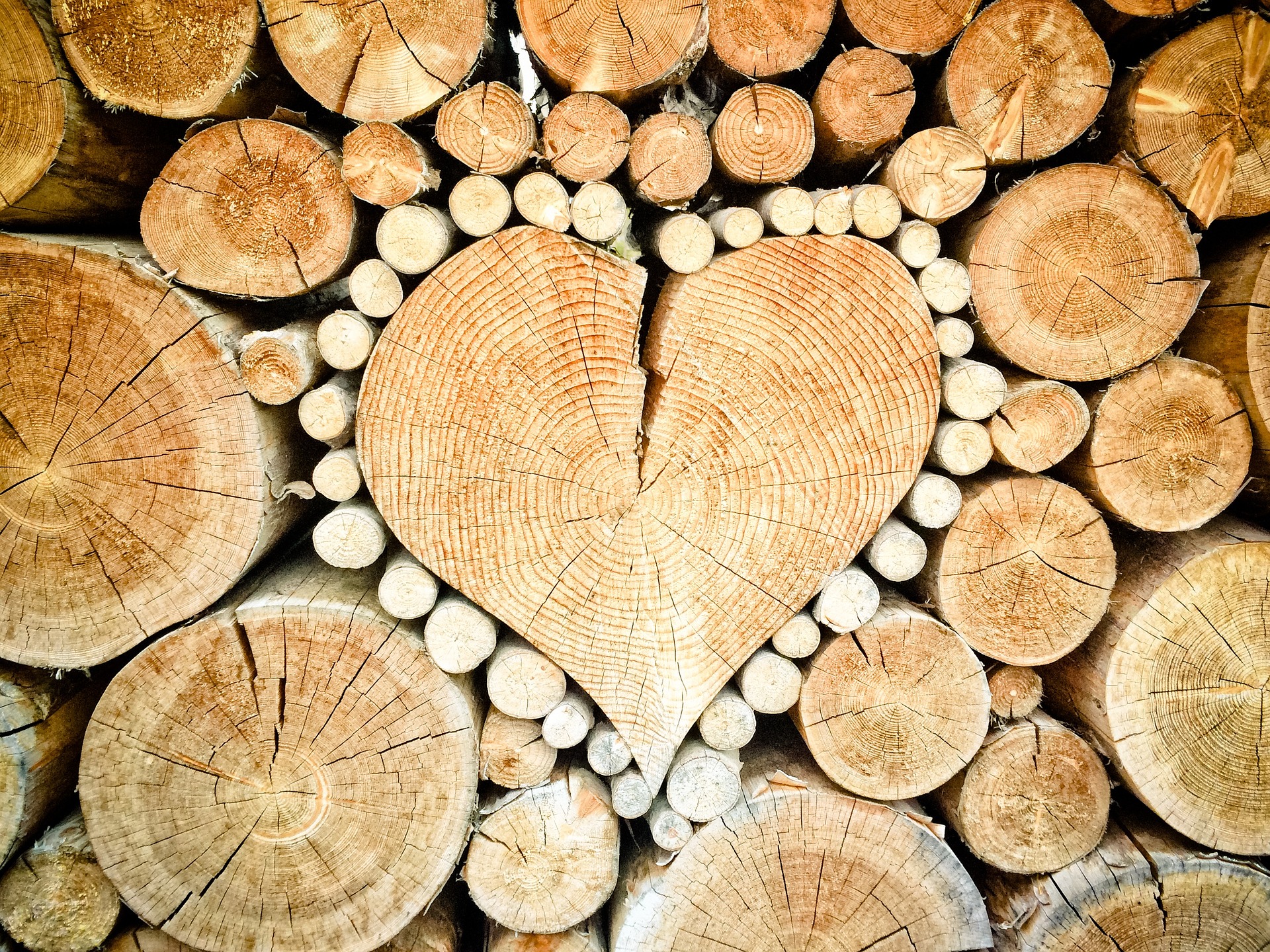Heaps of Praise for Hugelkultur

Heaps of Praise for Hugelkultur
*By Cindy Dixon
Hugelkultur is German for mound/hill culture. This age-old tradition involves creating a raised garden bed from wood and other organic matter. This type of raised bed is more than just a growing space for your garden. It builds soil fertility, conserves water, and provides a multitude of growing space with varying microclimates while also creating visual appeal for your landscape. Wow! That’s a multi-tasking marvel!
How do you make a hugelkultur bed? Here’s a condensed version:
After selecting a site, make a pile using branches, limbs (you can use logs, too) and other organic material. Next, add smaller compostable material (examples: grass clippings, straw, wood chips). You’ll need to moisten as you build your mound since you want the wood to absorb the water, similar to a wrung-out sponge. Add compost and finish with topsoil. Now your hugelkultur bed is ready for planting.
As time goes by, the organic matter will decompose; thus, enriching the soil. Your plants will enjoy the slow release of nutrients from the decaying organic matter and the water retention from the wood. The one caveat to the wood breaking down in the hugel is it tends to take nitrogen from the soil. To remedy this, add some nitrogen-fixing plants to your mound. One of my favorites is clover.
Another way to create a ‘hugel’ bed is to layer the bottom of a raised garden bed with branches, twigs, and limbs. Then, layer with compost and topsoil before planting your seeds or starts. The principles are the same, but this method gives your landscape a more traditional look.
As I mentioned above, there are so many benefits to ‘hugels’:
Through my exploration of hugel beds, I have been pleasantly surprised with the results. I even grew mushrooms, in the desert! I’ve also been able to cut down on my garden’s water consumption, another plus for desert living!
Happiness is Hugelkultur beds!
To find out what webinars or live classes are available for free click here!
* Cindy is an Agriscaping Certified Educator (ACE) in Las Vegas, NV. Find her here.

